Welcome to the ultimate showdown between 2D vs. 3D games! The debate over which style of game is superior has been ongoing since the early days of gaming, and with the advent of increasingly advanced technology, the arguments have only intensified.
2D games, with their classic side-scrolling gameplay and pixelated graphics, have been a staple of gaming since the industry’s inception. They have a nostalgic charm that appeals to many gamers, and their simplicity and accessibility make them a great choice for casual gamers and speedrunners alike.
On the other hand, 3D games offer a more immersive experience, with stunning graphics and expansive worlds that allow players to explore and interact in ways that 2D games simply can’t match. They often require more advanced hardware and programming, but the payoff is a truly cinematic gaming experience that draws players in and keeps them hooked.
So between 2D vs. 3D games, which is better? Is it the classic appeal of 2D games or the cutting-edge graphics and gameplay of 3D games? Join us as we delve into the pros and cons of each style and try to settle this age-old debate once and for all.
Characteristics of 2D Video Games


When you think of classic arcade games, you probably imagine 2D video games. The term “2D” refers to games that are created with two-dimensional graphics, where the objects on the screen appear flat and do not have a sense of depth. 2D games are often side-scrolling, where the player moves from left to right or up and down while the background remains stationary.
One of the most significant characteristics of 2D games is their simplicity. With only two dimensions to worry about, developers can focus on creating a game that is easy to learn but challenging to master. They often have fewer controls and mechanics, making them perfect for players of all ages and skill levels.
Another characteristic of 2D games is the retro look and feel they provide. Games like Super Mario Bros. and Donkey Kong are instantly recognizable, even to those who have never played them before. The nostalgia factor associated with 2D games has made them enduring classics that are still enjoyed by gamers today.
In addition, among 2D vs. 3D games, 2D games are often easier and cheaper to produce than their 3D counterparts. They require less processing power and memory, which means they can be played on older machines and devices. This makes them ideal for mobile gaming and indie developers who may not have access to high-end technology.
Characteristics of 3D Games


Between 2D vs. 3D games, 3D games use three-dimensional graphics that give the objects on the screen a sense of depth, volume, and perspective. This enables players to experience a more immersive and realistic gaming experience. 3D games have become increasingly popular over the years, thanks to advancements in technology and game development.
One of the most significant characteristics of 3D games is their ability to create complex and dynamic environments. With 3D graphics, developers can create vast and detailed worlds that players can explore and interact with. These games often have open-world settings, allowing players to roam freely and complete missions and quests at their own pace.
Another characteristic of 3D games is the level of realism they provide. With high-resolution graphics and advanced animation techniques, 3D games can create realistic characters and environments that mimic real-life. This is especially evident in games like Grand Theft Auto and Call of Duty, where the attention to detail is remarkable.
In addition, 3D games offer more complex gameplay mechanics than 2D games. Players have more control over their characters, with the ability to move in any direction, jump, crouch, and interact with objects in the game world. The increased interactivity allows for more strategic gameplay and creates a more immersive gaming experience.
The History of 2D vs. 3D Games
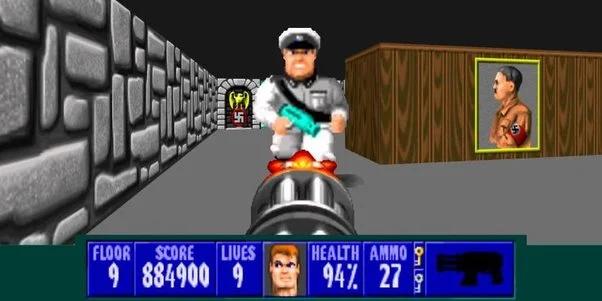

2D vs. 3D games have a history that is deeply intertwined. In the early days of gaming, 2D games were the norm. They were simpler to create, requiring less processing power and memory compared to 3D games. During the 1980s, arcade games like Pac-Man and Space Invaders dominated the gaming industry. These games were usually designed with simple graphics and limited gameplay mechanics, but they still managed to capture the imagination of gamers around the world.
As technology progressed, developers started experimenting with 3D graphics. However, it wasn’t until the mid-1990s that 3D games became mainstream. With the release of games like Doom and Quake, players could experience immersive, realistic worlds that were unlike anything they had ever seen before.
3D gaming quickly became the new standard for the industry, but 2D games didn’t completely disappear. Many developers continued to create 2D games, and some even combined 2D and 3D elements to create hybrid games. For example, games like Donkey Kong Country and Kirby’s Dream Land 3 used 3D models for characters and objects, but kept the gameplay in a 2D side-scrolling format.
Today, 2D and 3D games continue to coexist in the gaming industry. While 3D games have the advantage of more advanced graphics and gameplay mechanics, 2D games still have a unique charm that appeals to players of all ages. Indie game developers in particular have found success with 2D games, often creating retro-inspired titles that evoke nostalgia for classic games of the past.
As technology continues to evolve, it will be interesting to see how 2D and 3D games continue to develop and evolve. Will 3D gaming continue to dominate the industry, or will 2D games make a comeback? Only time will tell, but one thing is for sure: both 2D and 3D games will always have a place in the hearts of gamers everywhere.
What Are the Differences Between 2D vs 3D Games?
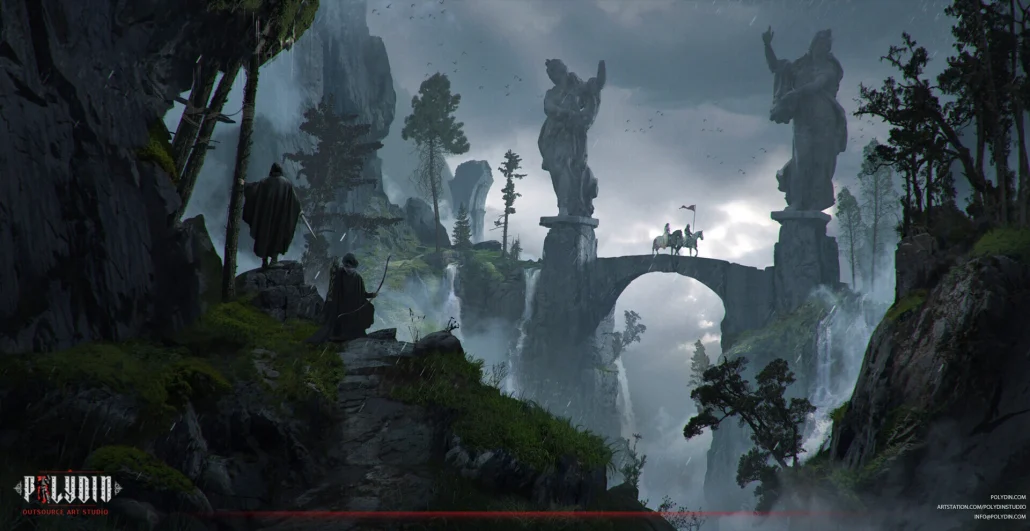

While 2D vs. 3D games have their own unique appeal, several key differences between them affect gameplay, graphics, and player experience.
Graphics
One of the most obvious differences between 2D and 3D games is the graphics. 2D games are typically presented in a flat, two-dimensional plane, while 3D games feature more complex, realistic graphics with depth and perspective. 3D games allow for more detailed environments, more lifelike characters, and advanced lighting and shading effects.
Gameplay
2D games are often more focused on platforming, puzzle-solving, and side-scrolling action, whereas 3D games offer more freedom of movement and exploration. 2D games often have simpler controls, with players only needing to move left, right, jump, and attack. 3D games, on the other hand, require more complex controls to move the character in three dimensions, which can take some getting used to for new players.
Immersion
3D games have the ability to create a more immersive experience for players. The added depth and realism of the environments can make players feel like they are really inside the game world. In contrast, 2D games are often more focused on gameplay mechanics and challenges rather than creating a fully immersive experience.
Development
The development process for 2D and 3D games is also different. 2D games are typically easier and quicker to develop, requiring less time and resources to create. 3D games, on the other hand, require more advanced programming and specialized tools, making development more time-consuming and costly.
Audience
While 3D games appeal to a broad range of players, they are often geared towards more serious gamers who are looking for a more immersive and challenging experience. 2D games, on the other hand, are often more accessible to casual gamers and younger audiences due to their simpler gameplay mechanics and colourful, retro-inspired graphics.
Which is Better for a Video Game? 3D or 2D Design?
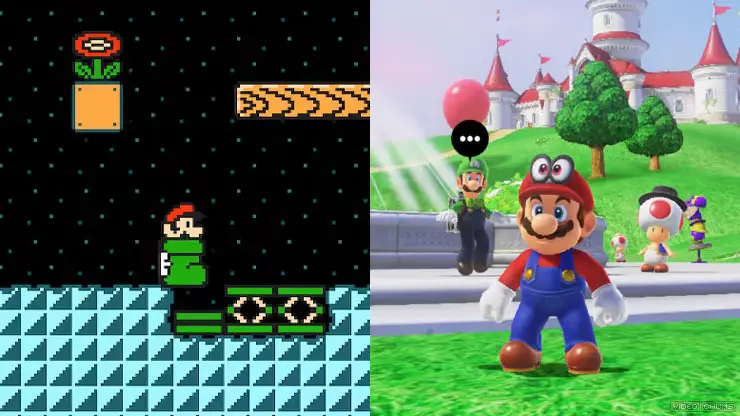

The question of whether 3D or 2D design is better for a video game is a subject of ongoing debate among game developers and enthusiasts. Both styles have their unique strengths and offer different experiences to players, making it challenging to determine an outright winner. The choice between 3D and 2D design ultimately depends on the game’s genre, target audience, gameplay mechanics, and the vision of the developers.
3D design brings a sense of immersion and realism to games. With modern technologies and powerful game engines, developers can create stunning environments, lifelike characters, and dynamic gameplay elements that enhance the player’s experience. The added depth and spatial awareness in 3D environments make exploration and interaction more engaging, especially in open-world and action-adventure games.
On the other hand, 2D design offers simplicity and charm that resonates with players on a nostalgic level. It harks back to the early days of gaming and often features retro-inspired aesthetics that evoke feelings of warmth and familiarity. 2D design is well-suited for platformers, puzzle games, and side-scrolling adventures, where the focus is on precise gameplay mechanics and storytelling.
Each style has its advantages and limitations. While 3D design can be resource-intensive and require a larger development team, it allows for more versatility in gameplay mechanics and storytelling possibilities. On the other hand, 2D design is often more accessible, especially for smaller indie studios with limited budgets and resources. It also allows for faster development and optimization on a wider range of platforms.
What are the Challenges and Solutions for 2D and 3D Games?
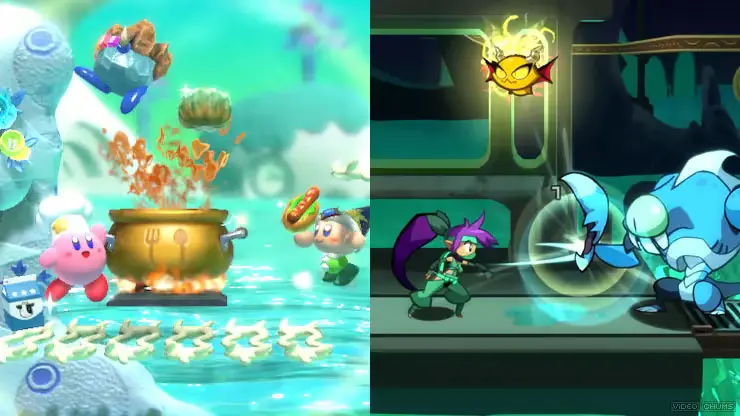

Developing 2D and 3D games presents unique challenges, each requiring different solutions to achieve their full potential. While both styles have their strengths and limitations, understanding the key aspects of each is essential for game developers to make informed decisions about which approach best suits their vision.
2D games focus on engaging mechanics and captivating art styles. The challenge lies in creating visually appealing assets and animations that maintain consistency throughout the game. Pixel art and hand-drawn illustrations are popular choices for 2D games, but they require meticulous attention to detail. One solution is to employ procedural generation techniques for level design and content, which can save time and effort while adding variety to the gameplay experience. Additionally, optimizing performance for various devices is crucial, as 2D games can still face limitations on less powerful platforms.
On the other hand, 3D games offer a more immersive and realistic experience, but they come with added complexity and resource demands. The challenge lies in balancing high-quality graphics with smooth performance. Polygonal modeling is a fundamental skill for creating 3D assets, but optimizing the number of polygons without sacrificing visual fidelity is vital. Another challenge is conveying a compelling narrative and atmosphere in a 3D environment, as this requires expertise in environmental storytelling. Using advanced rendering techniques and optimizing shaders can enhance the visual appeal while maintaining stable frame rates.
To overcome these challenges, agile development practices can be implemented to iterate and improve the game based on player feedback. Efficient workflows, collaborative teamwork, and regular playtesting are essential for both 2D and 3D games. Emphasizing level design and continuous refinement ensures a polished final product, regardless of the chosen style.
Engines for 2D and 3D Games Development
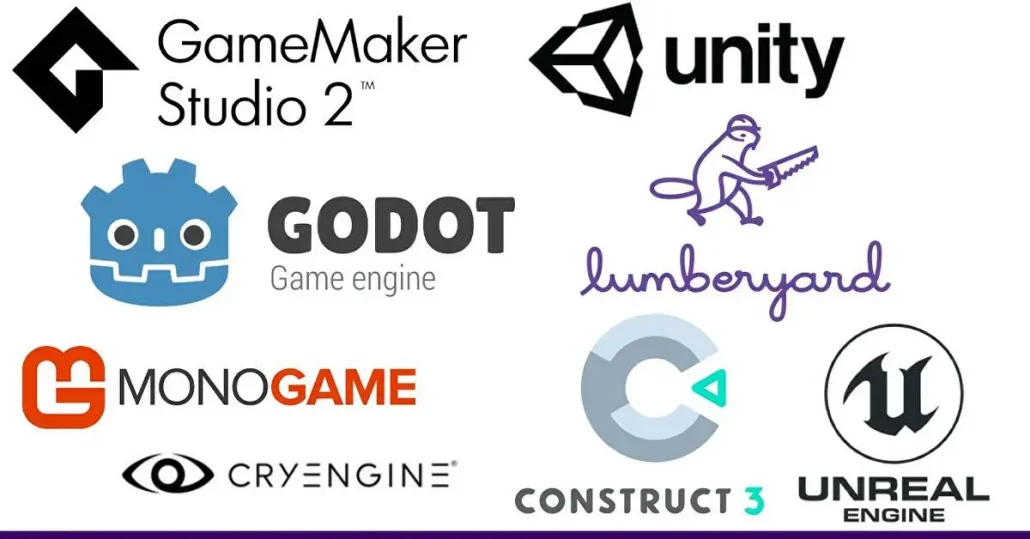

Game engines are software frameworks that enable developers to create video games more efficiently and effectively. There are a number of different game engines available for both 2D vs. 3D games, each with its own unique features and benefits.
For 2D game development, some of the most popular game engines include:
- Unity: While Unity is primarily known for its 3D capabilities, it also has robust support for 2D game development. With features like sprite management, animation tools, and a built-in physics engine, Unity is a popular choice for developers creating 2D games for mobile and desktop platforms.
- GameMaker Studio: GameMaker Studio is a user-friendly game engine that is popular with indie developers. It offers a drag-and-drop interface for creating 2D games, as well as a scripting language for more advanced functionality. GameMaker Studio supports a variety of platforms, including Windows, Mac, iOS, and Android.
- Construct 2: Construct 2 is another user-friendly game engine for creating 2D games. It features a drag-and-drop interface and a visual scripting system, making it easy for beginners to get started with game development. Construct 2 supports a variety of platforms, including Windows, Mac, iOS, and Android.
For 3D game development, some of the most popular game engines include:
- Unity: Unity is one of the most popular game engines for 3D game development. It offers advanced graphics capabilities, physics simulation, and a range of tools for creating immersive, interactive environments. Unity supports a wide range of platforms, including Windows, Mac, iOS, and Android.
- Unreal Engine: Unreal Engine is another popular game engine for 3D game development. It offers advanced graphics capabilities, physics simulation, and a range of tools for creating realistic, interactive environments. Unreal Engine supports a wide range of platforms, including Windows, Mac, iOS, and Android.
- CryEngine: CryEngine is a powerful game engine that is designed specifically for creating high-quality, visually stunning 3D games. It features advanced graphics capabilities, physics simulation, and a range of tools for creating immersive, interactive environments. CryEngine supports a variety of platforms, including Windows, Mac, and Linux.
All and all, Choosing the right game engine is crucial for the success of any game development project. Whether you’re creating 2D vs. 3D games, there are a number of game engines available that offer a range of features and capabilities to suit your needs.
Best Tools for Creating 2D and 3D Games
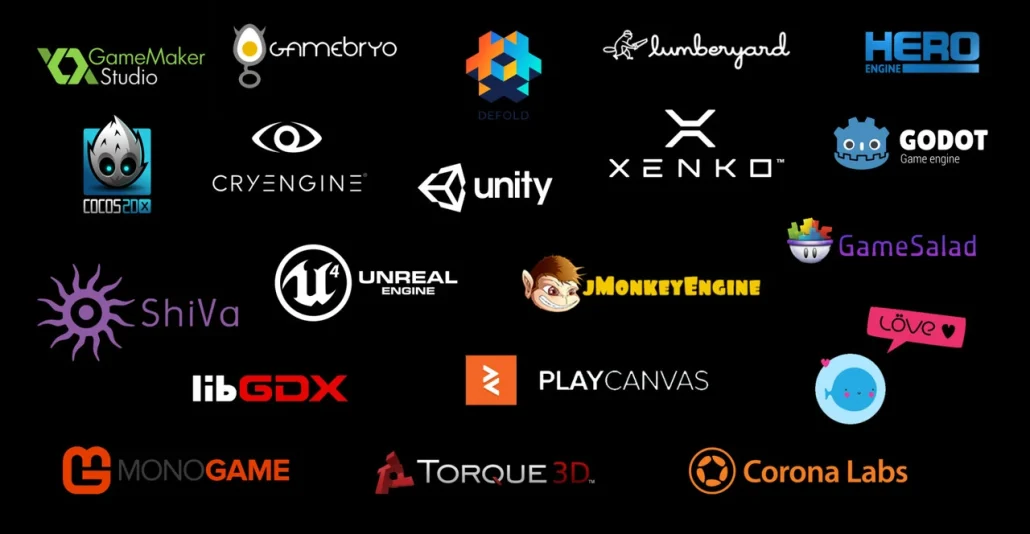

Creating a video game, whether it is 2D vs. 3D games, requires specialized tools and software to bring the vision to life. There are many tools available that can help game developers to create engaging and visually stunning games. Here are some of the best tools for creating 2D and 3D games:
- Adobe Photoshop: Adobe Photoshop is a powerful image editing software that is widely used in the game development industry. It is perfect for creating 2D game art, including sprites, backgrounds, and user interfaces. With advanced features such as layering, masking, and blending modes, Photoshop is a must-have tool for 2D game developers.
- Aseprite: Aseprite is a powerful sprite editor and pixel art tool that is perfect for creating 2D game assets. It offers a range of features, including frame-by-frame animation, onion skinning, and layer grouping. With Aseprite, developers can easily create high-quality pixel art for their 2D games.
- Autodesk Maya: Autodesk Maya is a 3D animation software that is widely used in the game development industry. It is perfect for creating 3D models, animations, and environments. With advanced features such as dynamic simulation, Maya is a powerful tool for creating complex and realistic 3D game assets.
- Blender: Blender is a free and open-source 3D modeling software that is perfect for creating 3D game assets. It offers a range of features, including modeling, sculpting, animation, and rendering. With Blender, developers can create high-quality 3D game assets without having to invest in expensive software.
- Unity: Unity is a popular game engine that offers a range of tools for both 2D and 3D game development. It comes with a built-in editor that allows developers to create and edit game assets, as well as a visual scripting system that makes it easy to add interactivity to games.
- Unreal Engine: Unreal Engine is another popular game engine that offers advanced tools for 3D game development. It comes with a range of features, including advanced graphics capabilities, physics simulation, and a range of tools for creating realistic, interactive environments.
What are the best 2D games ever made?
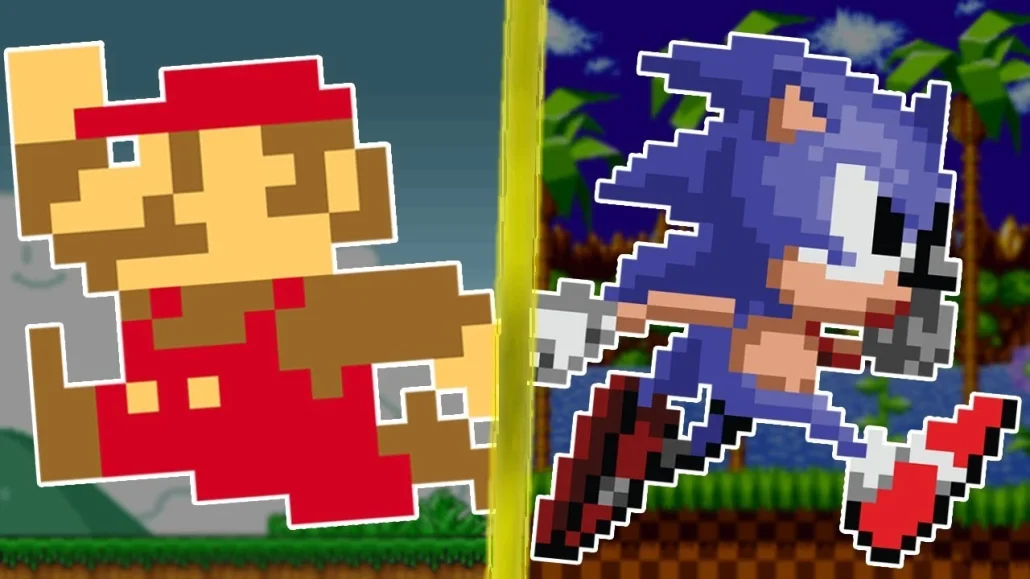

The world of 2D gaming has produced some of the most iconic games in history. Here are some of the best 2D games ever made:
- Super Mario Bros.
- The Legend of Zelda
- Sonic the Hedgehog
- Castlevania: Symphony of the Night
- Chrono Trigger
- Street Fighter II
- Mega Man 2
- Metroid
What are the best 3D games ever made?
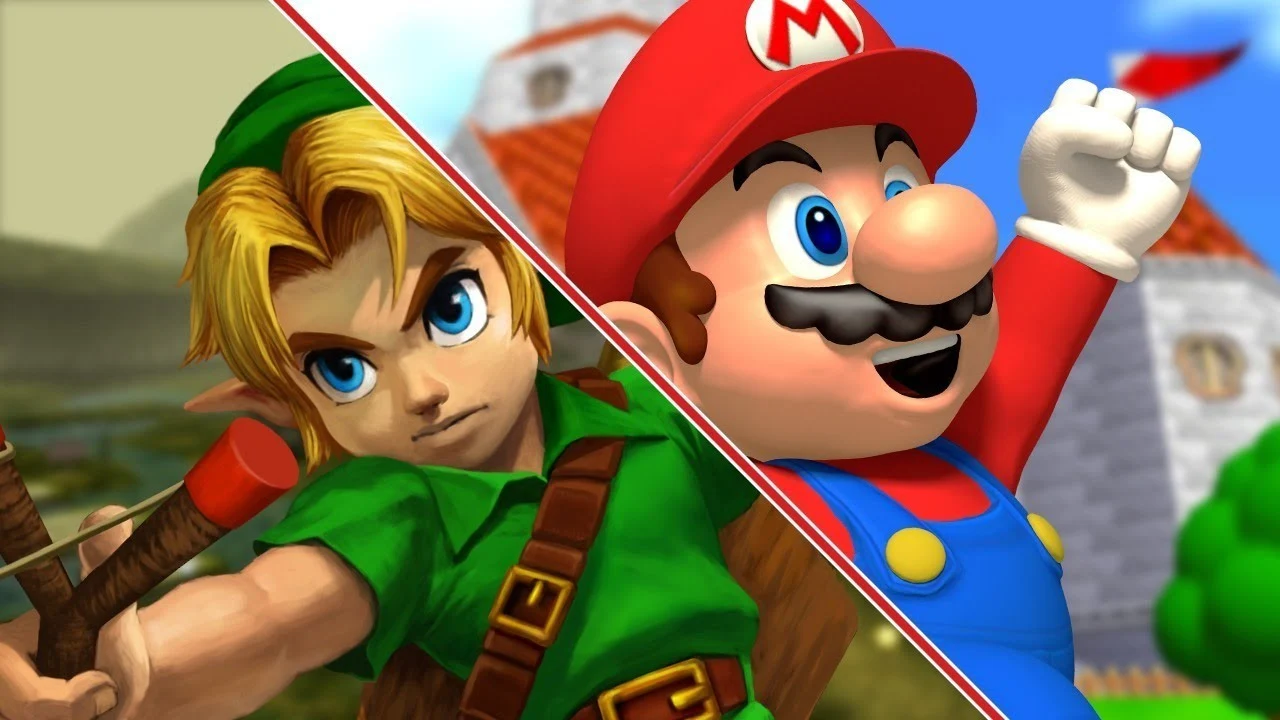

3D gaming has come a long way since its inception. Here are some of the best 3D games ever made, which are also considered to be pioneers in 3D graphics:
- Super Mario 64
- The Legend of Zelda: Ocarina of Time
- Half-Life 2
- Grand Theft Auto V
- The Elder Scrolls V: Skyrim
Why Are 3D Games Good?


3D games have revolutionized the gaming industry by offering a more immersive and visually captivating experience for players. The transition from 2D to 3D gaming has brought numerous advantages that contribute to the popularity of 3D games:
- Realism and Immersion: 3D environments allow for realistic representation of objects, characters, and landscapes. This level of detail immerses players in rich and believable worlds, enhancing their emotional connection to the game.
- Dynamic Gameplay: 3D games often provide more freedom of movement and interaction, enabling complex gameplay mechanics. Players can explore vast open worlds, engage in dynamic combat, and solve intricate puzzles.
- Spatial Awareness: 3D environments enhance spatial awareness, enabling players to judge distances, heights, and depths more accurately. This is particularly beneficial in genres like platformers, puzzle games, and driving simulations.
- Cinematic Experience: 3D graphics enable cinematic storytelling with camera angles, cutscenes, and visual effects that intensify the narrative. This enhances the overall storytelling experience and keeps players engaged.
- Technological Advancements: The evolution of hardware and graphics technology has made it possible to create stunning 3D visuals. High-definition textures, advanced lighting, and realistic physics simulations contribute to visually impressive games.
Why Are 2D Games Still Popular?


Despite the rise of 3D gaming, 2D games continue to maintain their popularity due to their distinct advantages and nostalgic appeal:
- Simplicity and Accessibility: 2D games often have simpler mechanics and controls, making them accessible to a wider audience. They are easier to pick up and play, appealing to casual gamers and those looking for a quick gaming fix.
- Artistic Aesthetics: 2D games can showcase unique art styles and aesthetics that stand out. Pixel art and hand-drawn animations can evoke nostalgia and create charming visual experiences.
- Focus on Gameplay: The simplicity of 2D visuals often shifts the focus onto gameplay mechanics and strategic thinking. These games can challenge players with intricate puzzles, precise platforming, and strategic decision-making.
- Retro Appeal: Many players have fond memories of classic 2D games from their childhood. This nostalgic appeal drives interest in indie developers creating modern interpretations of retro games.
- Lower Development Costs: Developing 2D games can be less resource-intensive compared to 3D games. This allows smaller indie studios or solo developers to create high-quality games without the need for extensive teams or large budgets.
Which is Harder to Make: 2D or 3D Games?
The question of whether 2D or 3D games are harder to make is a common dilemma among game developers. Both styles come with their own set of challenges. Creating 2D games often requires a strong emphasis on compelling gameplay mechanics and an engaging art style. While the visual complexity might be lower than 3D games, achieving the desired gameplay experience and maintaining player interest can be demanding. Developers need to master pixel art, animation, and level design to create a visually appealing and immersive 2D world.
On the other hand, crafting 3D games introduces a different layer of complexity. The creation of intricate 3D models, environments, and realistic animations necessitates a good understanding of 3D software and modeling techniques. Developers also need to consider aspects like lighting, shading, and optimizing performance, which can be challenging. Collaboration among 3D modelers, animators, and programmers is crucial to ensure a cohesive and visually appealing final product.


